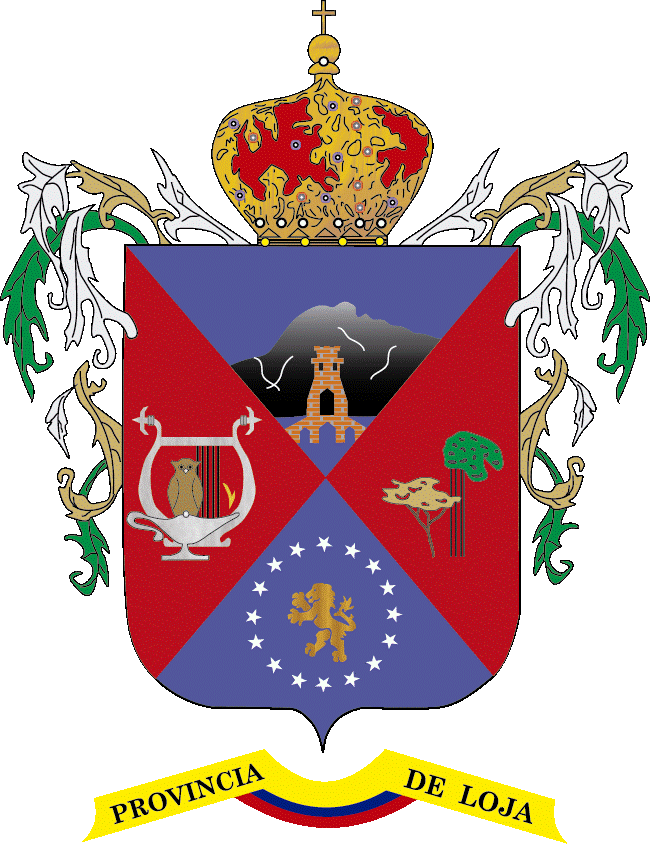Gbif:Plantae Gbif
1258280836 Gunnar Wilhelm Harling;Lennart Andersson 22383 1985-02-22
Gbif:Plantae Gbif
4077765359 Pío Cueva 61 2004-12-12
Ecuador, Loja, Puyango, -3.9869 -79.9968
Gbif:Plantae Gbif
4077762677 Francisco Vivar Castro 3809 1991-08-10
Ecuador, Loja, Paltas, -3.8922 -79.8678
Gbif:Plantae Gbif
4130366885 P. Lozano 1997-05-07
Ecuador, Loja, Puyango, Hacienda Banderones, pie de montana, entre un rango de 600-1200 m con predominancia de Bactris, Gallesia, Cavanillesia, Ficus, Senna, Guazuma, Randia, Machaerium, -3.966 -80.166
Gbif:Plantae Gbif
4077762810 Pablo Enrique Lozano Carpio 772 1997-05-06
Ecuador, Loja, Puyango, -3.9667 -80.1667
QCNE:HerbarioEcuador
106631 Chis Jiggins 151 1995-02-05
Ecuador, Loja, Olmedo, 2.2 km alon road towars Velacruz, 1500m
UNL:UNL-H
4658 Pío Cueva 61 2004-12-12
Ecuador, Loja, El Arenal, -3.9869 -79.9968
UNL:UNL-H
1935 Celso Anibal Yaguana Puglla 4 2009-01-26
Ecuador, Zamora Chinchipe, Valladolid, Valladolid, -4.486486 -79.123422, 2422m
UNL:UNL-H
2446 Pablo Enrique Lozano Carpio 772 1997-05-06
Ecuador, Loja, El Limo, -3.9667 -80.1667
UNL:UNL-H
2450 Francisco Vivar Castro 3809 1991-08-10
Ecuador, Loja, Orianga, -3.8922 -79.8678
QCA:QCA-Plantas
QCA145781 G. Harling 22215 1985-02-18
Ecuador, Loja, Desconocido, Celica, Alamor Road, at crossing with Río Alamor., -4.03333 -78.9667
QCA:QCA-Plantas
QCA145782 G. Harling 22383 1985-02-22
Ecuador, Loja, Desconocido, Celica, Zapotillo Road, c 4 km below Pozul., -4.03333 -79.8333
QCA:QCA-Plantas
QCA133301 C. Jiggins 151 1995-02-05
Ecuador, Loja, Desconocido, Olmedo. 2.2 km along road towards Velacruz., -3.93361 -79.6339
